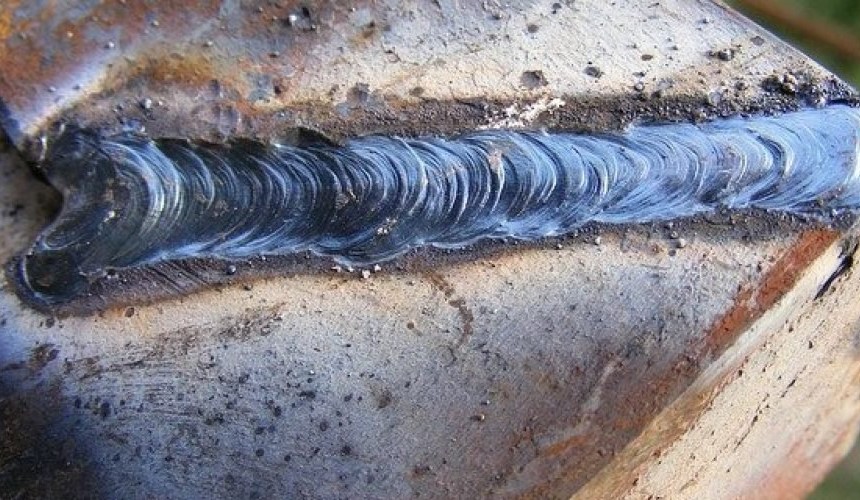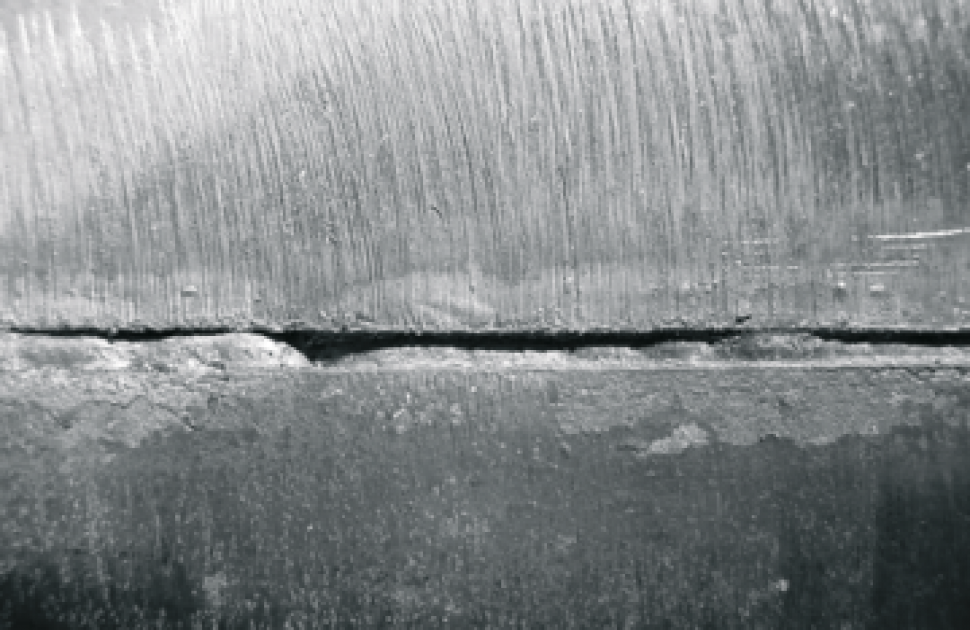How to Prevent Weld Undercut: Necessary Tips for Welders
How to Prevent Weld Undercut: Necessary Tips for Welders
Blog Article
Comprehending the Causes and Solutions for Undercut Welding in Steel Fabrication Procedures
In the world of steel manufacture processes, the occurrence of undercut welding postures a considerable challenge that requires an extensive understanding of its causes and viable services. The detailed interplay of numerous elements throughout welding procedures can lead to this unwanted sensation, impacting the architectural integrity and total quality of the welded joints - Preventing weld undercut. By dissecting the source of undercut welding and checking out effective remedial measures, fabricators can boost the criterion of their craftsmanship and make certain the manufacturing of remarkable metal components
Typical Reasons of Undercut Welding
Often overlooked in metal manufacture, undercut welding takes place due to different aspects that require careful focus and competence to be efficiently reduced. One common cause of undercut welding is extreme warm input. When the warmth input is also high, it can lead to the melting and subsequent erosion of the base product along the sides of the weld joint, developing a groove or undercut. Additionally, inappropriate welding methods, such as utilizing the wrong welding angle or travel rate, can also add to undercut development. Inadequate shielding gas insurance coverage is an additional essential element that can result in undercutting. Insufficient gas coverage falls short to shield the weld swimming pool sufficiently, resulting in oxidation and undercut problems. The choice of welding criteria, such as voltage, current, and cable feed rate, plays a significant duty in the occurrence of undercut welding. Recognizing these usual causes is vital for implementing safety nets and guaranteeing high-grade welds in metal construction procedures.
Effect of Incorrect Welding Parameters
Unreliable welding specifications can dramatically endanger the integrity and quality of bonded joints in steel manufacture procedures. The effect of inaccurate welding specifications materializes in various methods, resulting in structural weaknesses and defects in the bonded parts. One important facet impacted by incorrect welding parameters is the infiltration depth of the weld. Not enough warmth input because of low welding currents or excessively high traveling rates can lead to inadequate blend in between the base metals, leading to insufficient joint infiltration and compromised bonds. Conversely, too much warm input triggered by high welding currents or slow traveling speeds can lead to extreme and burn-through reinforcement, developing a breakable and unstable weld framework. Furthermore, incorrect criteria such as incorrect voltage setups or inaccurate electrode angles can add to irregular weld bead accounts, lack of blend, and enhanced chances of flaws like undercutting. Careful attention to welding specifications is paramount to make sure the production of top notch welds with the desired mechanical residential properties and structural honesty.
Effect of Improper Torch Angle
Incorrect torch angle in welding operations can significantly impact the top quality and honesty of the last weld joints in metal fabrication procedures. Damaging is a typical welding problem where a groove forms along the weld toe, weakening the joint and endangering its architectural stability.
A lantern angle that is as well steep can result in inadequate penetration, insufficient blend, and boosted spatter. On the other hand, a torch angle that is also superficial can lead to excessive infiltration, burn-through, and distortion of the base product. Preventing weld undercut. Proper torch angle is essential for making certain constant weld high quality, strength, and look
To stop undercutting and various other flaws caused by inappropriate lantern angles, welders have to be educated to preserve the correct lantern angle throughout the welding process. Normal tracking and adjustment of lantern angles during welding can aid attain audio welds with minimal issues.
Function of Inadequate Welding Techniques

An additional facet of inadequate welding techniques is incorrect weld prep work. Poor cleansing of the base steels, inaccurate joint style, or inadequate edge preparation can all add to damage welding. In addition, poor protecting gas protection Get the facts or utilizing the wrong sort of gas can cause insufficient combination and the formation of undercut defects.
To address the duty of insufficient welding techniques in steel manufacture procedures, it is important to offer comprehensive training for welders. Correct education and learning on welding parameters, joint prep work, and protecting gas selection can aid stop undercut welding and guarantee top quality welds in steel construction projects.
Reliable Solutions for Undercut Welding
Dealing with undercut welding in steel construction requires applying efficient remedies to improve weld quality and architectural honesty. One of the primary options to combat undercut is to readjust welding specifications such as voltage, present, and take a trip rate to guarantee appropriate warm input and combination. By fine-tuning these settings, welders can stop extreme melting of the base steel and filler product, minimizing the probability of undercut development.
Furthermore, correct joint prep work is crucial in protecting against undercut. Making certain tidy base steel surfaces devoid of contaminants and utilizing the proper bevel angle can aid promote far better weld infiltration and minimize the risk of undercut - Preventing weld undercut. Using suitable welding strategies, such as weaving or oscillating the lantern, can also aid in dispersing warm equally and filling up the weld joint appropriately, minimizing the opportunity of undercut issues
Furthermore, choosing the appropriate welding consumables, consisting of electrodes and filler metals, is vital in alleviating undercut. Making use of products with appropriate chemical structures and mechanical buildings can add to achieving audio welds with marginal undercut. Normal inspection and quality assurance actions need to also be applied to discover and deal with undercut concerns promptly, guaranteeing the general stability of fabricated steel elements.

Conclusion
Finally, understanding the reasons and remedies for undercut welding in steel manufacture processes is important for attaining high-grade welds. By addressing usual reasons such as incorrect welding criteria, incorrect lantern angle, and inadequate welding methods, welders can stop undercutting and make certain strong, resilient welds. It is important to pay interest to these aspects useful source and execute effective solutions to boost the general welding procedure and final product high quality.

Report this page